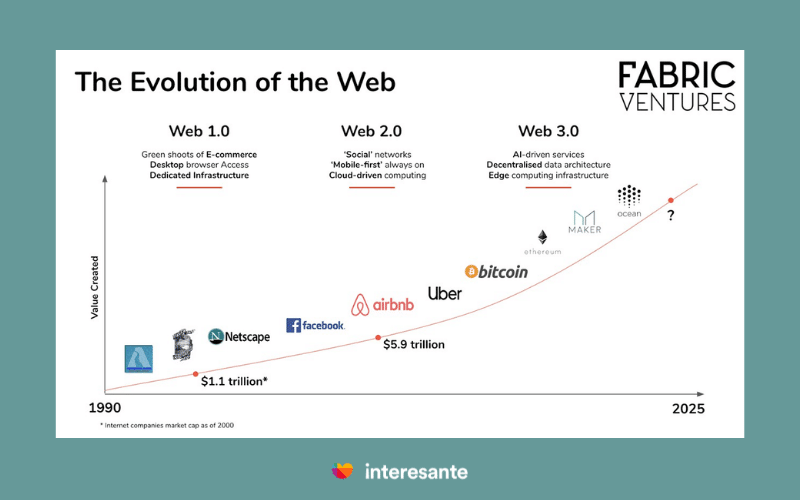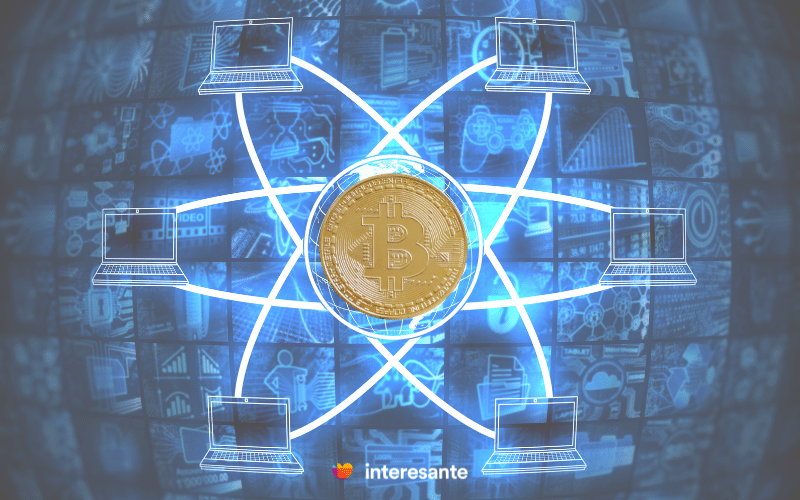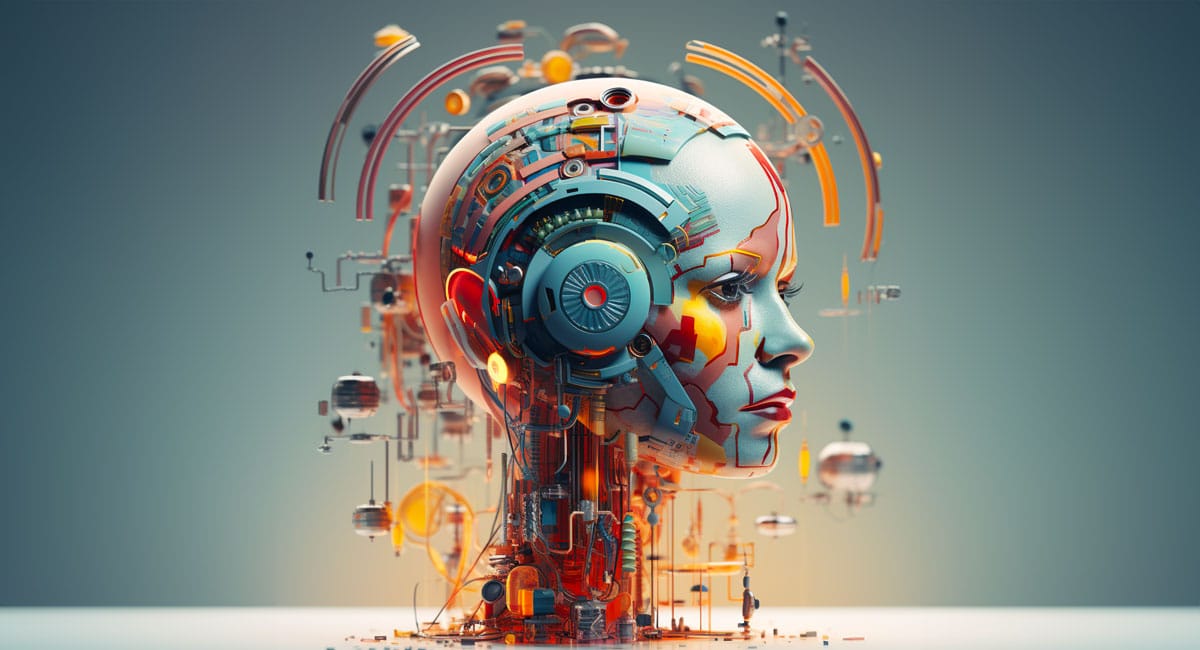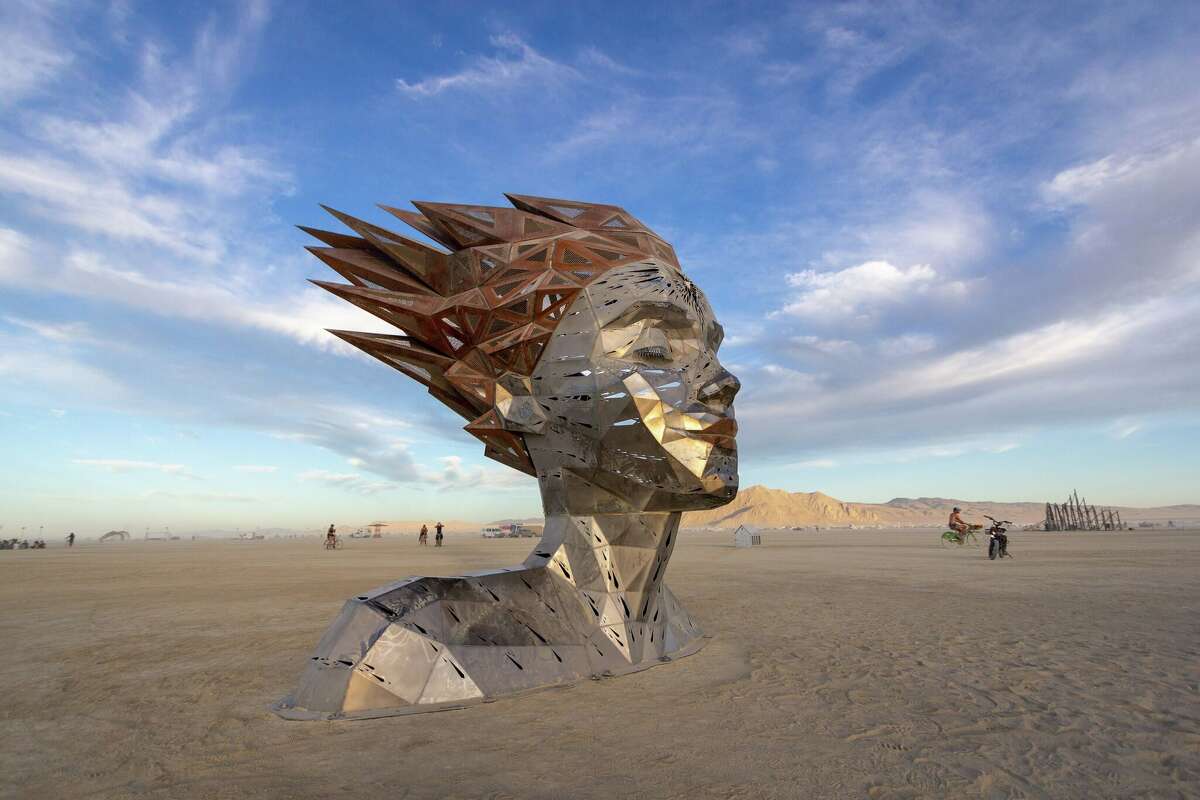Web 3.0 refers to the new technologies currently being implemented on the Internet. Since these are technologies in formation, they do not yet have a closed definition. Above all, it is an internet that takes up Tim Benders-Lee’s search for the semantic Web and integrates it with decentralization in managing information driven by blockchains, which gives value, trust, and security. Next, I will tell you a little about the origin of Web 3.0 and its relationship with blockchain and cryptocurrencies.
What Is the Web 3.0?
Web 3.0 has its antecedents in Web 1.0 and Web 2.0, read-only and interaction spaces. This new Web offers decentralization by eliminating intermediaries. It is based on a model similar to p2p systems that share information between users. Its origins are in the semantic Web proposed by Tim Berners-Lee in 2001, which was not fully realized but gave way to creating various technologies that are now essential for Web 3.0.
The Semantic Web did not become a reality due to the lack of a technology for transparent data verification and the lack of decentralized infrastructure necessary to host it. However, Berners-Lee’s concepts have served many developers in building Web 3.0.
In years past, such a network could not be used to create a new internet, as it could not compete with centralized systems on infrastructure and scalability costs. However, blockchain technology enables this option. What we understand as Web 3.0 is generated through decentralized processes, of which Bitcoin was the first protocol to be proposed in the context

From Web 1.0 to Web 2.0
Every day, more people discuss and establish the rules of Web 3.0, but few understand how it came about and what changes it will bring to the world of the Internet. Although it is not limited to virtual money, it helps understand the new world of the Internet. However, you have to go back in time and look at earlier versions: Web 1.0 and Web 2.0.
Web 1.0: Static Information
Web 1.0 defines the Internet of the 1990s. Mainly, it was built of static web pages that displayed information. Users were only consumers and recipients of content. Towards the end of that stage, the first search engines appeared and consolidated e-commerce. Some examples of Web 1.0 include newspaper pages or museum information pages.
Web 2.0: Interactive Content
Web 2.0 emerged in the early 2000s in the transition from static to more dynamic and interactive content. Generally speaking, it is a read-write web, as users now have the power to interact as creators and developers. Through this interaction, they obtained information from the Internet, and at the same time, the Internet received information from them.
This Web included more interactive applications such as Facebook, Wikipedia, and YouTube, which could be accessed from a mobile device. At this stage, social networks escalated without precedent, and e-commerce exploded. These new business models created new economies and changed the world forever.

A New Web is Born
There has been a lot of attention in recent years towards Web 3.0 and the changes it will bring. Its roots are in the semantic Web of Tim Berners-Lee, creator of the World Wide Web (W.W.W.). His proposal was a Web with which machines could interact at deeper levels than just the sentence level, in semantic terms, as Web 2.0 search engines work. This proposal would save time and provide more accurate and ad hoc search results for users.
To make this website possible, the design of technologies capable of providing more significant layers of meaning to the content was required. It required taking Web 2.0 search engines to a semantic level, not only syntactic (at the sentence level). The interpretation of information becomes more complex.
By strengthening the semantic network of content meaning, this website promised that users and computers would interact with the Web. This allowed programs to understand and participate on the Web similarly to users. Thus, information can be accessed quickly and processed faster.
Standards and Languages of Web 3.0
Various standards stood out among the technologies developed for these purposes and helped build Web 3.0. The Resource Description Framework (RDF) is a tool for modeling metadata. It is the grammar or structure in which web pages express their information.
From these, the RDF Schemas and the Web Ontology Language (OWL) are also created, both ontology languages, that is, rules or taxonomies that verify the consistency of the contents on the Web. SPARQL is also a query language for RDF that is used to speed up searches.
Bitcoin, a New Paradigm in Data Exchange
In 2008, «Satoshi Nakamoto» published a Bitcoin white paper in which he gave space to the concept of blockchain as we currently understand it. This technology allows the exchange of encrypted data transparently. It is a protocol that verifies transactions and distributes the money circulating on the network without a central authority.
Although Bitcoin and the blockchain concept emerged as an alternative to the financial system, as they proposed a new way of transferring value, it can be applied to handling any data. This new technology completely changed the world economy and gave way to the idea of a decentralized web.

Blockchain and Decentralized Finances
Web 3.0 is more of various applications and services. Among them, cryptocurrencies and decentralized finance are two systems that have been in the market for several years and are glimpses towards the construction of this new Web.
Cryptocurrencies are creating money that is native to the Internet. This has only been possible thanks to blockchain since most of the previous versions of the applications were driven by databases belonging to centralized entities. There was no attempt to create a digital currency system with Web 2.0. Giving these entities the power to create and control money is terrible.
Blockchain technology solved this problem since it allows controlling all the relevant aspects to create internet money safely and decentralized. This can occur through the verification of transactions, that is, the simultaneous action of millions of computers that verify that the information transactions are correct every day. This is what is known as mining.
Web 3.0: Beyond Cryptocurrencies
Decentralized finance refers to the use of cryptocurrencies to improve and innovate traditional financial markets. With them, people can have access to financial instruments without intermediaries, and, in several cases, they safeguard and protect identity.
However, the possibilities extend beyond the economic and financial realm. For example, several decentralized applications are part of Web 3.0: Internet browsers like Brave, data storage systems like Arweave, and music streaming platforms like Audius.
How will We Transition to Web 3.0?
Like any emerging technology, it will take time for Web 3.0 to establish in users’ daily lives. The change will be gradual; little by little, many Web 3.0 applications and services will be accessed through Web 2.0, as seen in the interaction of more and more people with cryptocurrencies.
Initially, it will be accessible and easy for users to learn the changes between versions 2.0 and 3.0. Most apps and protocols will work like apps we are already used to, like WhatsApp, Facebook, Spotify, Dropbox, and Zoom. The difference is that the new apps will work in a decentralized way. Therefore, they will be more secure and reliable.

We will migrate from one web protocol to another, using the same services we use now, such as search engines, storage systems, video call applications, social networks, chat applications, or work services. This will affect applications on a technical level, but users will perceive these services as they are.
The incredible thing about Web 3.0 is that not only existing applications and services will migrate to this new Internet, but new platforms will be created to avoid monopolies and centralized services. However, just as Web 2.0 did not wholly eliminate Web 1.0, the shift to Web 3.0 will take time.
F.A.Q. Web 3.0
This new Web 3.0 offers decentralization by eliminating intermediaries. It is based on a model similar to p2p systems that share information between users.
Several decentralized applications are part of Web 3.0: Internet browsers like Brave, data storage systems like Arweave, and music streaming platforms like Audius.
Who are the Web 3.0 users?
This website decentralizes data storage so that both users and computers interact with the Web. This allows programs to understand and engage with the net in the same way people do. Users will guarantee that their information is safe since it will not be stored in a central database.



